July 2023 | Interview with Hagit Cohen, Photographer, and Mixed Media Artist – Part I
Part I
“My promise to spend an hour a day outdoors, come rain or shine, for a year and to let Nature transform me, worked! It created a habit that I’ve never stopped.”

Hagit and I met over tea at a Café for this interview.
I was born in Israel in 1958. My mother survived the holocaust living in Paris during World War II. In 1948, she arrived on a kibbutz in the north of Israel, just after the war for Independence. My father came to Palestine from Bombay (Mumbai) in 1935, aged 10. I grew up in a half-Ashkenazi (Jewish diaspora of Central Europe) and half-Sephardi (Jewish diaspora of the Iberian Peninsula and North Africa) household.
My father fought in the War of Independence in 1948. He was stationed at a kibbutz and met my mother there. My mother was dominant in our upbringing. Education and reading were very important to her. We grew up reading a lot and roaming the fields around my home. We didn’t have a TV until I was 14. I had a lot of time to build a rich imaginative inner world.

I went to the army for two years to do compulsory military service and hated every moment. Then I went to study fine art at an Art Teacher Training College in Ramat HaSharon. It was super progressive. I was lucky to have great contemporary fine artists as teachers who were pushing new boundaries. There was an incredible exchange of ideas. My world opened up.
At the College, I specialized in fine art photography, but the school had a wide basic art training, including pedagogy for teaching art to elementary and high school kids. After I graduated, I taught photography in high school. It was a vocational course and included technology, studio work, materials, and processes. The idea behind it was that some of the kids would become photographers for the air force, so the program was well-supported. I also taught photography at a prestigious private college in Tel Aviv with highly accomplished Israeli photographers, whom I was so excited to have as colleagues. I was invited to participate in the first Israeli Photography Biennale in 1986 and felt that my career as a fine artist fell into place.
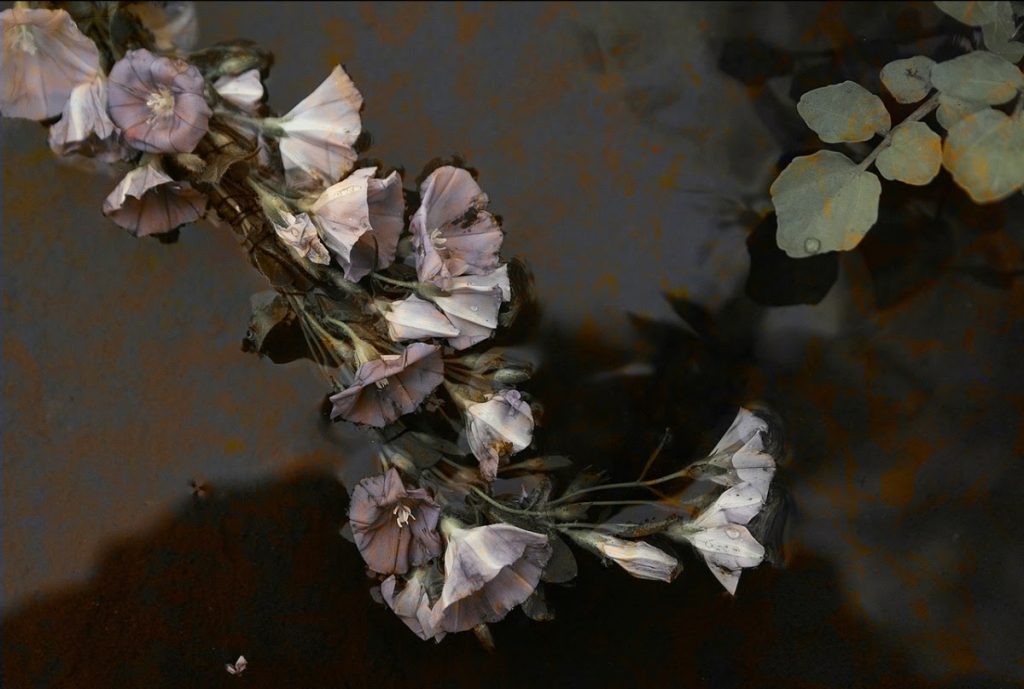
It was important for me to continue to grow and evolve as an artist/teacher, but since I couldn’t get a Master’s degree in Fine Arts in Israel in those days, I ended up coming to the US and studying at the Rochester Institute of Technology, New York. I was 29 when I left Israel. For me, it was important to leave Israel, go somewhere else, and figure out my life. It was part of my exploration. I ended up staying in Rochester for three-and-a-half years, teaching at RIT part-time after getting my MFA.
At times, being a fine art photographer felt too abstract. I wanted to do something meaningful with my expression as an artist. At RIT, I had a bit of a chance to learn about interactive media as a tool for education and I wanted to explore that field.
I also wanted my artwork to express my inner world in a personal, poetic way, and straight photography wasn’t enough. So I started to create compositions with images that were digitally superimposed to tell a story in response to the political/military events in Israel during the first Palestinian Intifada in 1988. While at RIT, I went to the graphic design department and asked them to show me how they worked with computer graphics. That’s when I began to create art with computers.
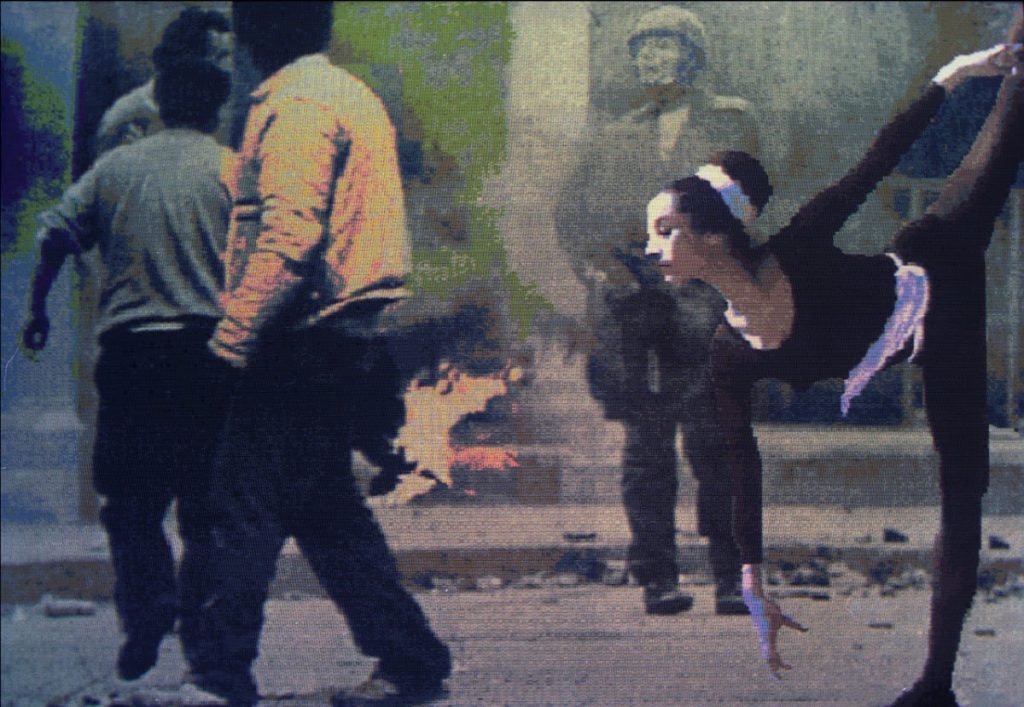
At that time, I had to photograph the final composite on the screen with my camera and then print it as a photographic print. There were no printer connections to computers that allowed for 30 x 40-inch prints.
So, I moved to San Francisco where a lot was being developed. I was extremely lucky. Through one of my RIT teachers, I had a contact with the director of the Apple Multi-Media Lab in SF. I ended up in a dream job being an art director for an interactive media company called Hands-On Media, founded by two women who spun out from the Apple Media Lab. With this job, I was able to merge fine art with technology, which was unique then, as this was happening just as Photoshop had its first version out.
With that portfolio, I got my first job with Hands-On Media in San Francisco, to illustrate creation stories from around the world. They gave me complete freedom on how to go about it. I had to look for visual elements from other cultures from all over, like Japan, Peru, and New Zealand. It was so much fun! The project came to fruition under Warner New Media on a CD-ROM, which included 12 stories (each about five minutes long). Unfortunately, it was too early for schools to use, due to the fact that they didn’t yet have the available technology.
In the early 90s, graphic images were produced by computer programmers only. With time, the imaging world caught up with Photoshop and other technologies that enabled the use of sophisticated imaging. I stayed in the field until 1996, when the web became super commercial, and producing educational content was less possible for small innovative companies.
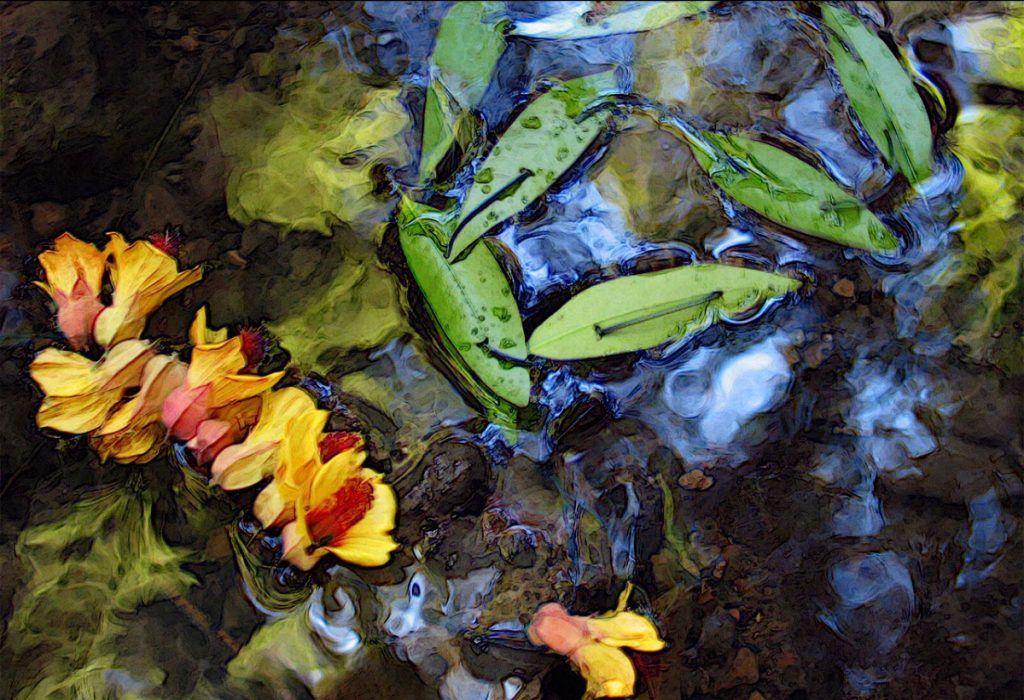
I met my husband in San Francisco. He had an industrial design firm in the Bay Area. We had a child. It was a hard period for me because I wasn’t engaged in expressive arts. I didn’t know where I would go or if I would be an artist again.
When our son turned five in 2005, I started studying and training in earth-based shamanic studies with a teacher from Sebastopol, CA. We mostly focused on the Andean shamanic concepts of right relationship with the earth, each other, and all living things. I started to spend more time in nature, listening and paying attention to what I call “Nature Speech”. The shamanic studies have helped me develop a new awareness of all my relationships including myself. I connected to the concept of gratitude and integrity with the environment. I started to understand the power of beauty as a healing force and learned to harness my imagination for seeing new possibilities for change as a creative person. The shamanic training also taught me how to facilitate sacred rituals and hold space for healing processes to unfold.
During the training, I started to reconnect with ritual as a means of prayer: moving energy, and making things happen. The first art piece I created during that time was a photograph I took of a prayer ritual that I performed during the Summer Solstice. In this ritual, I arranged together fresh-cut flowers to lay on the waters of a creek in Berkeley. My intention was to ask for healing of the drying creek due to the drought we were experiencing. After I photographed the event, I let the flowers flow with the water as offerings.
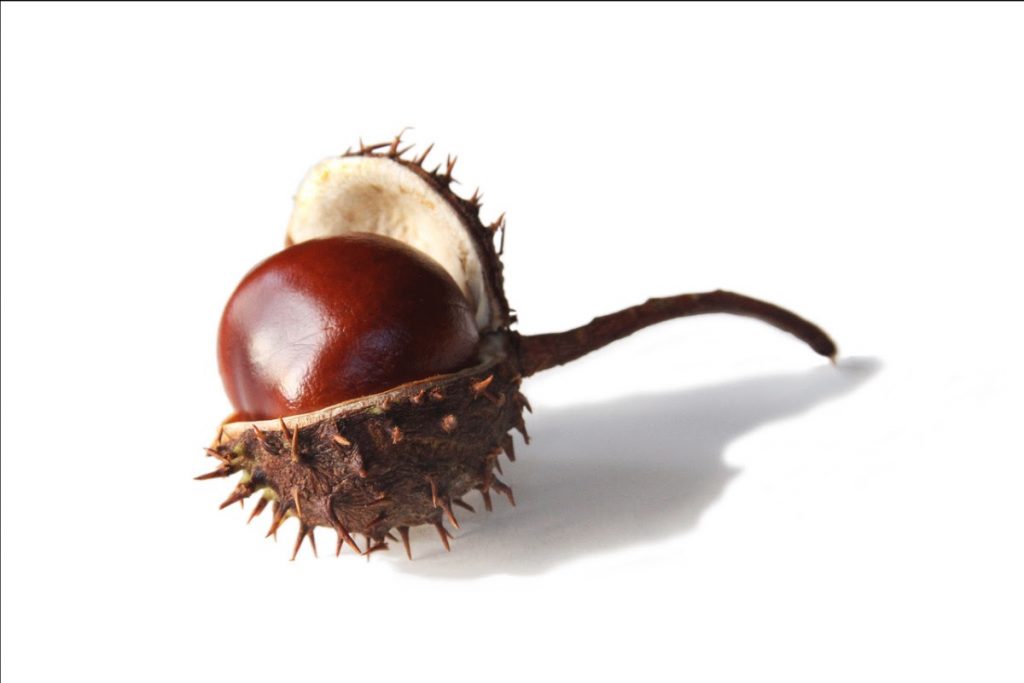
Through shamanism, I developed a deep connection to Nature as well as the understanding that we are part of nature, not outside of it. My promise to spend an hour a day outdoors, come rain or shine, for a year and to let Nature transform me, worked! It created a habit that I’ve never stopped. I started hiking in Tilden Park, Berkeley, regularly. Slowly, slowly, I could gather enough energy and extend my hikes. The renewed energy helped me overcome what I assumed was a light depression. I could integrate all that I had learned into my photography and it brought healing and transformation into my life.
You can explore Hagit’s wonderful portfolios, which include When Stones Speak and Trees Whisper, and Acid Rain, as well as the ones described in the interview. There are also some delightful and enlightening short videos of Hagit’s work.
During the Drought
I take a pail of dishwater
for the parched garden and pause.
Narcissus shoots rise, succulent cups
of all sizes edged by delicious pink―
unfolding mandalas. Fine silvery-white
hairs and creases on lamb’s ears
stand out like copper-plate engravings.
I hear the whir of hummingbirds.
Wherever I turn—birdsong.
This is heaven and I carry it.
At this split second
the steel-blue clouds open―
large pearly drops splash down.
From The Dreams We Share
Quote on the “Sacred”
In his book, For Love of the Real, Llewellyn Vaughan-Lee writes,
The “sacred” is not something primarily religious or even spiritual. It is not a quality we need to learn or to develop. We all have within us a sense of the sacred, a sense of reverence, however we may articulate it. It is as natural as sunlight, as necessary as breathing…
We each carry this primal knowing within our consciousness, even if we have forgotten it. It is a fundamental recognition of the wonder, beauty, and divine nature of the world. When we sense that our world is not just a physical, mechanistic, or chance-driven reality but that there is a deeper mystery within and around it, we are sensing the sacred nature of creation; we are hearing its primal song. If we remember the sacred we will find ourselves in a world as whole as it is holy.
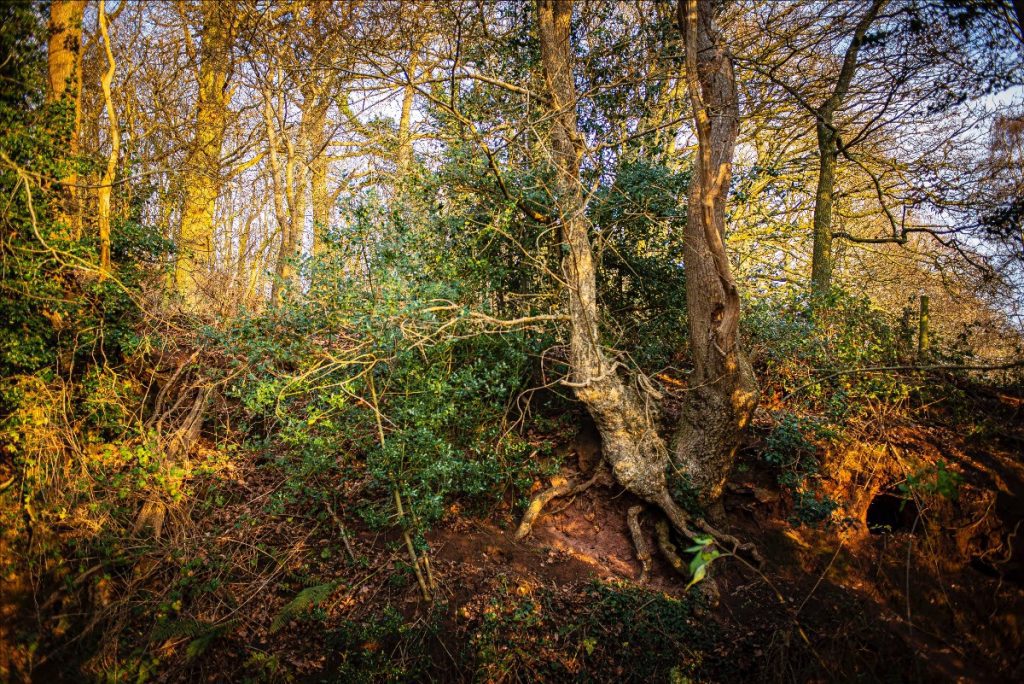
Receive the Earth-Love Newsletter, event invitations, and always a poem.
